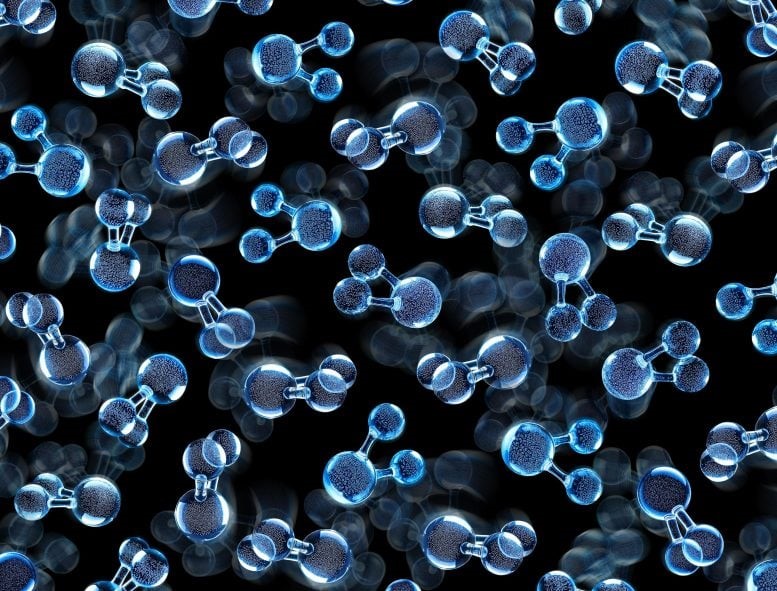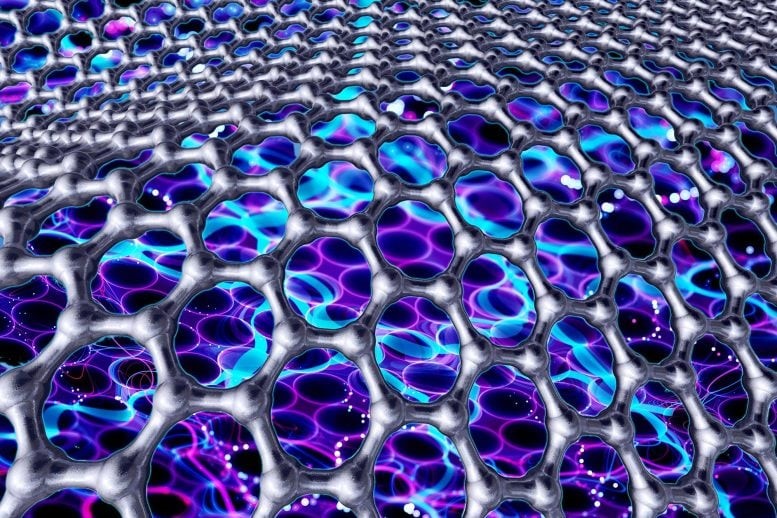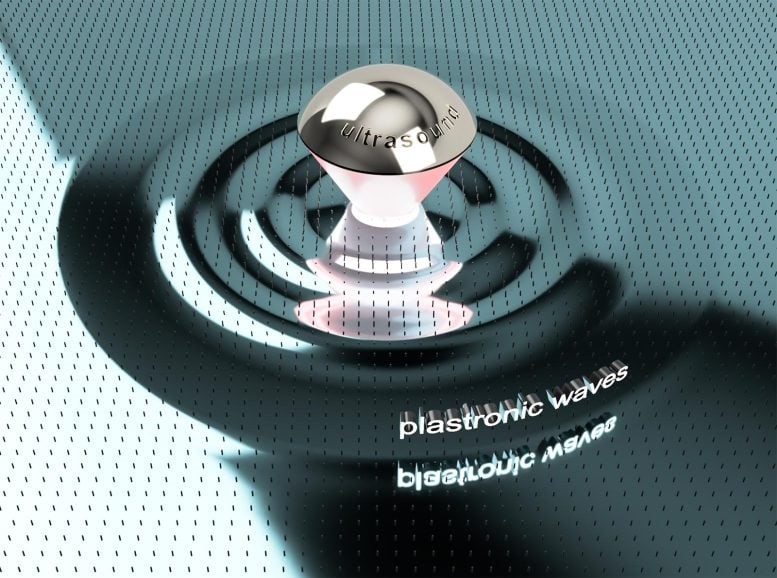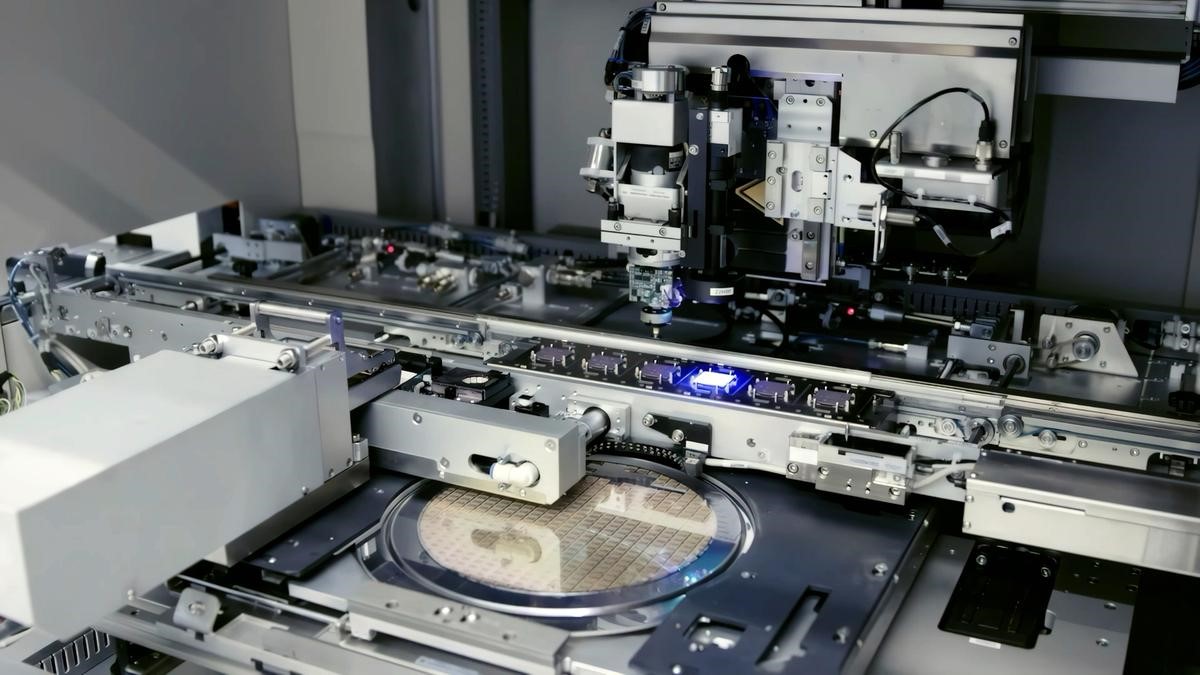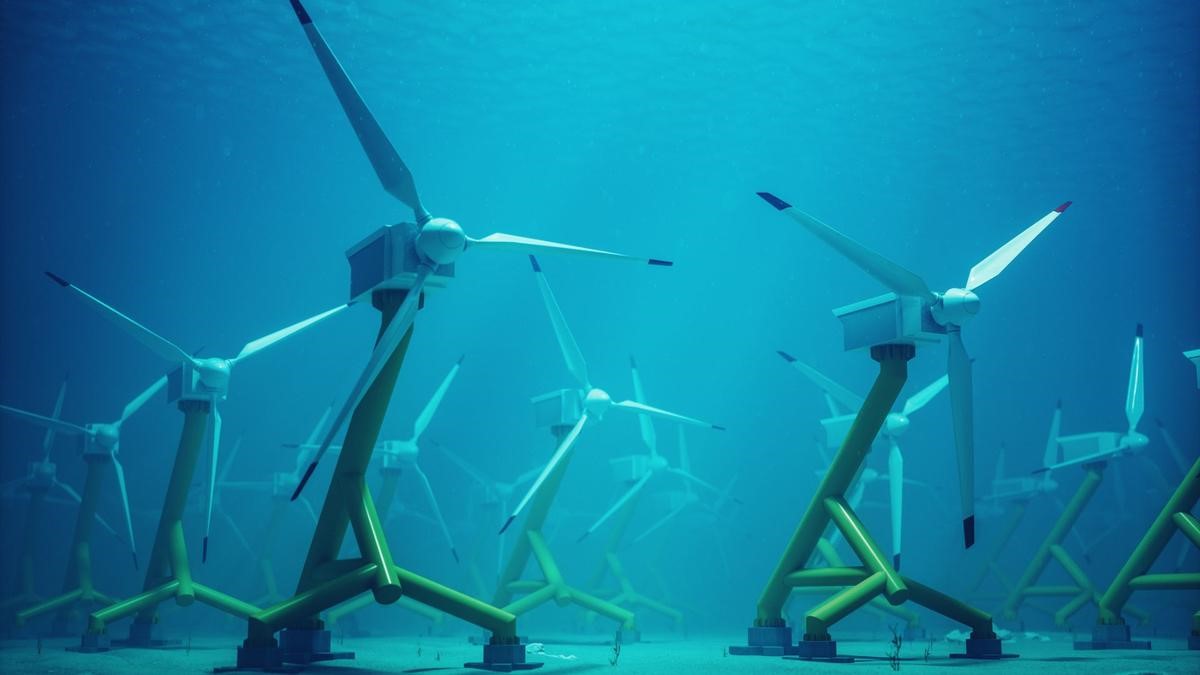Weak Forces, Strong Materials: The Breakthrough Revolutionizing Material Science
Transforming Material Engineering
A research team from Kyoto University has successfully developed groundbreaking three-dimensional van der Waals frameworks (WaaFs) that exhibit remarkable stability and porosity. These advanced materials challenge previous assumptions about the limitations of van der Waals forces and present a scalable, recyclable solution for applications such as gas storage and carbon capture.
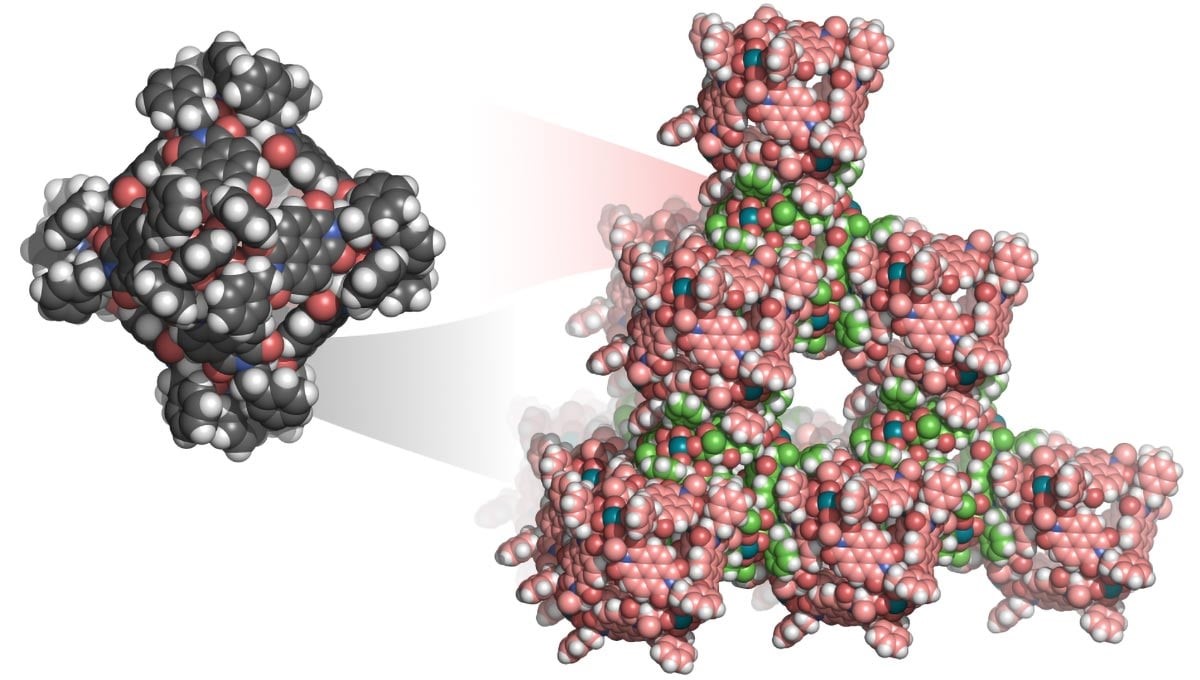
Figure 1.Crystal Structure Of Van Der Waals Open Framework-1 (Waaf-1).
Redefining van der Waals Interactions
Published on March 18 in Nature Chemistry, the study introduces a novel approach that employs octahedral metal-organic polyhedra (MOPs) as structural units to construct WaaFs. Contrary to the long-held belief that van der Waals forces are too weak to support stable open frameworks, this research demonstrates their ability to create highly porous and resilient structures [1]. These materials maintain their integrity at temperatures as high as 593 K and offer impressive surface areas exceeding 2,000 m²/g, making them highly suitable for industrial applications.Figure 1 shows Crystal structure of van der Waals open framework-1 (WaaF-1).
Exceptional Stability and Industrial Applications
One of the most significant advantages of WaaFs is their ability to be reversibly assembled and disassembled in solution, allowing for scalable production and recyclability. Their tunable porosity and strong chemical resilience make them promising candidates for various applications, including gas storage, carbon capture, water harvesting, and catalytic processes.
Expert Perspectives on the Future of WaaFs
Professor Shuhei Furukawa from Kyoto University’s Institute for Integrated Cell-Material Sciences (iCeMS) highlighted the impact of this discovery, stating, “Our research overturns the long-standing notion that van der Waals forces are insufficient for constructing stable frameworks [2]. By leveraging careful supramolecular design, we have demonstrated that these forces can be utilized to develop durable and highly porous materials with real-world applications.”
Lead researcher Shun Tokuda further emphasized the significance of this advancement, adding, “This breakthrough reshapes the fundamental principles of porous material design, offering a new pathway for scalable and recyclable material engineering. WaaFs provide a transformative solution for gas separation, storage, and more.”
References
- https://scitechdaily.com/weak-forces-super-materials-the-breakthrough-changing-material-science/
- https://www.labroots.com/trending/chemistry-and-physics/12840/there-s-weak-weak-force
Cite this article:
Keerthana S (2025), Weak Forces, Strong Materials: The Breakthrough Revolutionizing Material Science,AnaTechMaz, pp. 143



